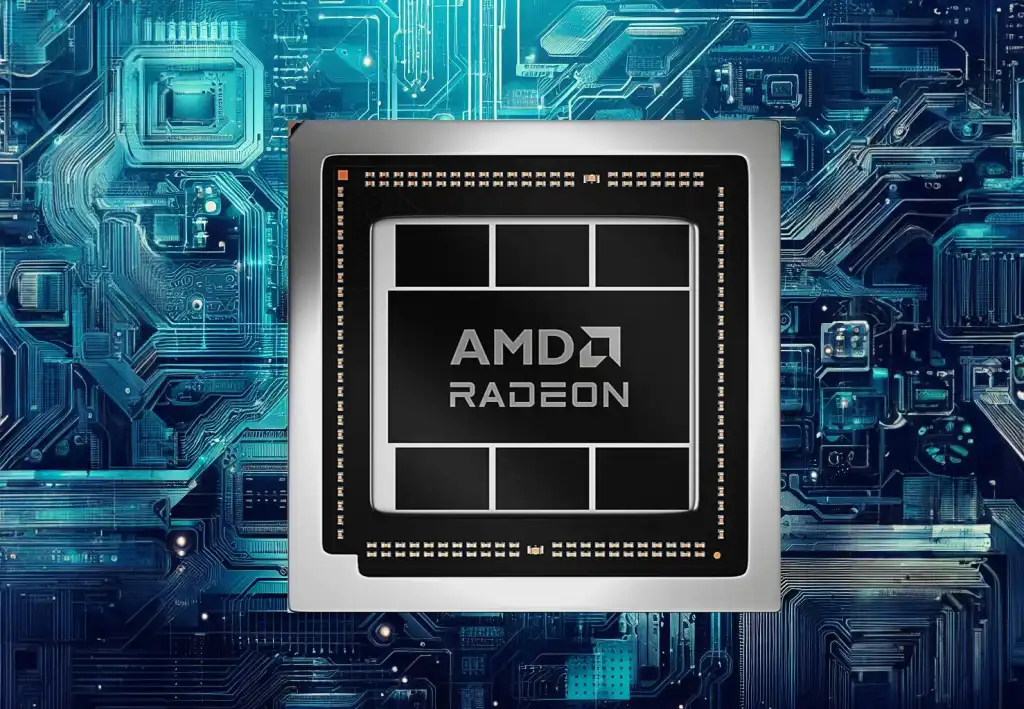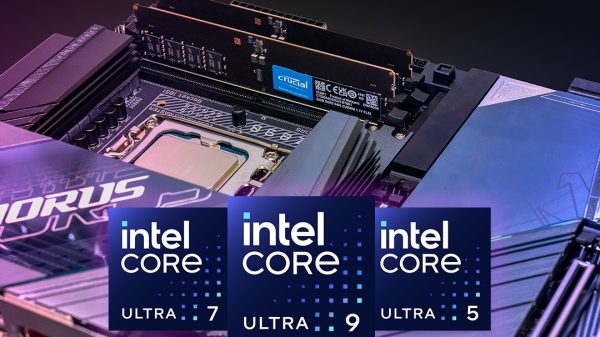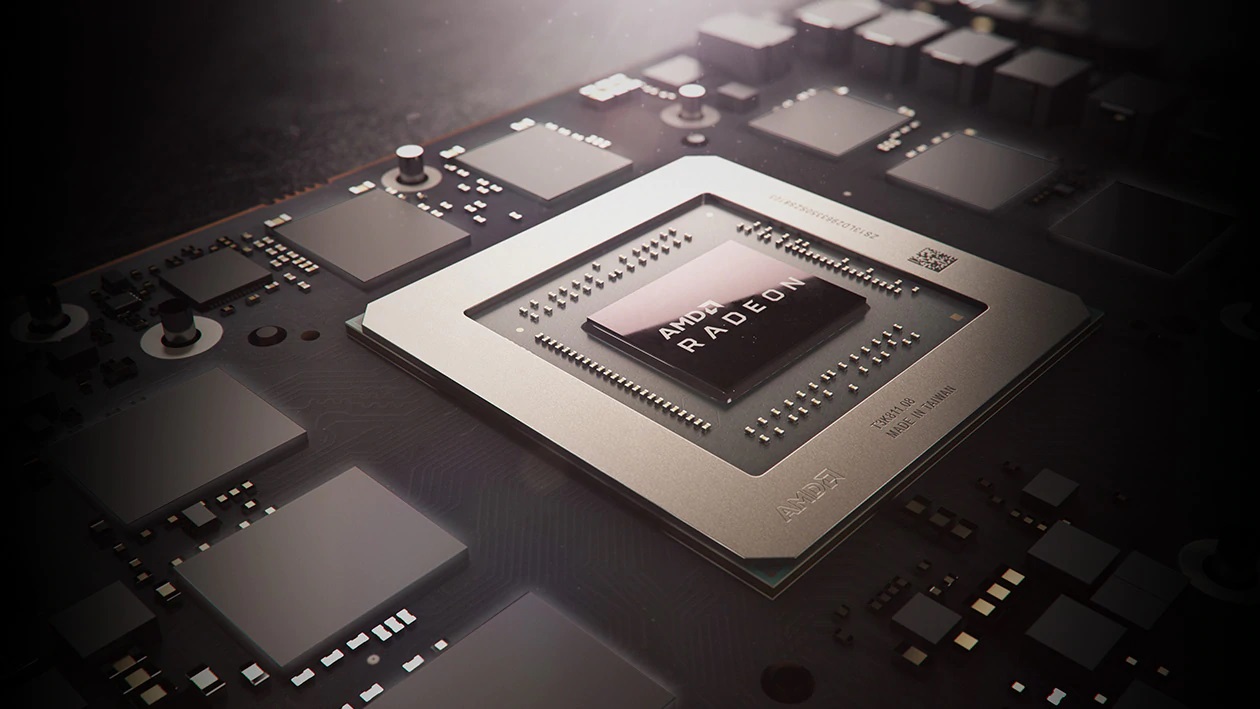AMD is planning a significant shift in its graphics architecture by merging its CDNA and RDNA designs into a unified framework referred to as “New DNA” or “UDNA.” This new architecture aims to streamline development across both datacenter and consumer graphics, making it easier for developers to create applications compatible with AMD’s GPUs. The goal of this unification is to expand AMD’s appeal to a broader group of developers and enhance the coherence of its hardware offerings.
Currently, AMD uses CDNA for its datacenter GPUs and RDNA for consumer graphics. By creating a unified architecture, AMD intends to simplify the development process and eliminate the need for developers to choose between different architectures. This approach is expected to facilitate more efficient software development and reduce the challenges associated with optimizing for separate hardware platforms.

AMD’s Unified New DNA Architecture Aims to Simplify Development and Compete with Nvidia
Jack Huynh, AMD’s senior vice president and general manager of Computing and Graphics, highlighted that the split between CDNA and RDNA had led to suboptimal solutions and difficulties for developers. By consolidating these architectures, AMD aims to address these issues and attract a larger base of software developers. Huynh emphasized that this move is crucial for AMD’s strategy to grow its presence in both the consumer and enterprise markets.
The transition to this unified architecture will be gradual. Huynh acknowledged that past mistakes in developing RDNA, particularly related to memory subsystem changes, have created challenges. The new approach will require advanced planning and careful execution to avoid repeating these issues and to maintain optimization as the architecture evolves.
AMD’s new direction could also position it more competitively against Nvidia, especially in areas like AI and deep learning, where Nvidia’s CUDA and DLSS technologies currently dominate. While specifics on how AMD will address these areas are still forthcoming, the unified architecture could enhance AMD’s ability to compete in the AI-driven market. Further details on this plan and its potential impact are expected to be revealed in the near future.









































